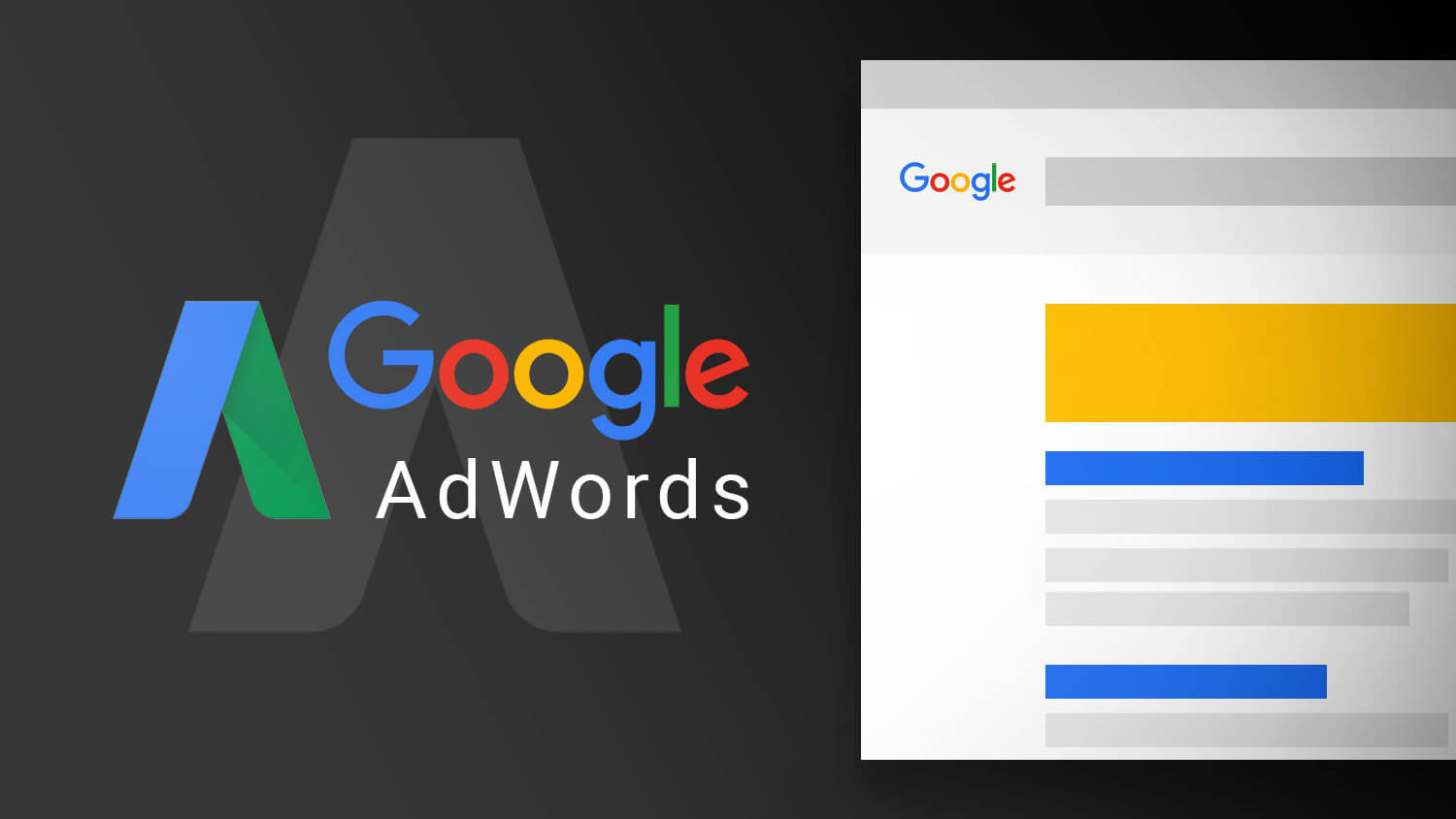
Google Ads Explained (Part 4)
If you’ve tried unsuccessfully to advertise on Google, don’t give up. There are many reasons why your Google Ads could be underperforming. Let’s cover some common offenders.
Broad Keyword Terms:
You really need to nail it when it comes to your keywords, which is why testing and tweaking should be a part of your strategy. If your keywords are too broad, Google will be placing your ad in front of the wrong audience which means fewer clicks and a higher ad spend. Review what’s working (i.e. which keywords are generating clicks) and adjust them to best match your ads with your target audience. You likely won’t get the mix right the first time but you should keep adding, removing, and tweaking keywords until you do.
How to fix it: Review the keyword strategies that we cover below…
Keyword research is just as important for paid ads as it is for organic search. Your keywords need to match searcher intent as much as possible. That’s because Google matches your ad with search queries based on the keywords you selected. Each ad group that you create within your campaign will target a small set of keywords (one to five keywords is optimal) and Google will display your ad based on those selections.
Match Types
Match Types give you a little wiggle room when it comes to your keyword selections — they tell Google whether you want to match a search query exactly or if your ad should be shown to anyone with a search query that’s semi-related. There are four match types to choose from:
- Broad Match is the default setting that uses any word within your keyword phrase in any order. For example, “bespoke kitchens in Brighton” will match “bespoke kitchens” or “kitchens Brighton.”
- Modified Broad Match allows you to lock in certain words within a keyword phrase by denoting them with a “+” sign. Your matches will include that locked-in word at the very least. For example, “bespoke +kitchens in Brighton” could yield “kitchens,” “designed bespoke kitchens,” or “bespoke and kitchens.”
- Phrase Match will match with queries that include your keyword phrase in the exact order but may include additional words before or after it. For example, “bespoke kitchens” can yield “bespoke kitchens designed for you” or “designer bespoke kitchens.”
- Exact Match maintains your keyword phrase as it is written in the exact order. For example, “bespoke kitchens” will not show up if someone types “bespoke kitchen” or “bespoke kitchen design”
If you’re just starting out and don’t know exactly how your persona will be searching, move from a broad match to a more narrow approach so you can test which queries yield the best results. However, since your ad will be ranking for many queries (some unrelated) you should keep a close eye on your ads and modify them as you can gain new information.
Irrelevant Ads:
If your ad doesn’t match the searcher’s intent, you won’t get enough clicks to justify your ad spend. Your headline and ad copy need to match the keywords you’re bidding on, and the solution your ad is marketing needs to solve whatever query point that searcher is experiencing. It’s a combination that will yield the results you’re looking for, and it may just be a few tweaks away. You have the option to create multiple ads per campaign — use this feature to split test which ads work best. Or, better yet, use Google’s Responsive Search Ads feature.
How to fix it: see below…
Headline and Description
Your ad copy can be the difference between a click on your ad and a click on your competitor’s ad. It’s important that your ad copy matches the searcher’s intent, is aligned with your target keywords, and addresses the searchers query with a clear solution.
To illustrate what we mean, let’s review an example…

A search for “baby swim lessons” yielded this result. The copy is concise and uses the limited space wisely to convey their message and connect with their target audience.
The Swim Revolution knew to put the keyword in their headline so we instantly know that this ad matches what we’re looking for. The description tells us why this is the best option for swim lessons because it addresses the query of their persona — a parent looking to enroll their baby in a swim class.
In this case they use words like “skills,” “fun,” “confidence,” and “comfort in the water” to ease potential concerns about putting a baby in a pool and to prove that they will get what we want out of this class — an infant that can swim.
This kind of ad copy will get clicks, but conversions will result from carrying this level of intention into your landing page copy.
Low Quality Score:
Your Quality Score (QS) is how Google determines how your ad should rank. The higher your rank, the better your placements. If your quality score is low, you’ll have fewer eyeballs on your ad and fewer chances to convert. Google will tell you your Quality Score, but improving it is up to you.
How to fix it: Take a look at this article by Google about how to improve your quality score and how it’s evaluated…
Poor Landing Page:
Your efforts shouldn’t stop with your ad — the user experience after a click is equally important. What does your user see once they click your ad? Is your landing page optimized for conversions, meaning does it use the same keywords? Does the page answer your viewer’s question? Your user should experience a seamless transition through to the conversion.
How to fix it: Review landing page best practices (a future blog!) and implement them to increase your conversion rate.
Up next in Part 5… Google Ads Bidding Strategies…

